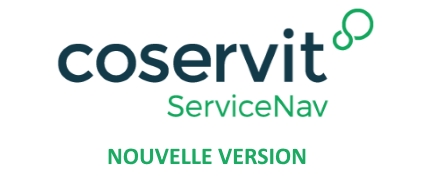More recent posts from the Servicenav team
27/3/20

ServiceNav 4.9 – New widget, SMS voice notifications, service templates
22/1/20

ServiceNav 4.8 – Graph widget improvements, new icons, service templates
10/1/20

As we’ve previously discussed, business models in the IT services market are constantly evolving. In our previous blog, we looked at moving from break-fix to proactive managed services. However, there are those in the MSP market who are riding the wave of the Internet of Things, to develop specialist propositions to exploit some very niche markets.
Smart cities cannot exist without IoT. By definition, they’re only smart because of the connectivity of every “thing”. Examples include:
In these examples, the solutions are pulling together data from a range of end points in order to be able to provide a holistic service to the user. The impact of a failure at any point in the chain could range from inconvenienced drivers having to go “old school” and look for their own parking spot by driving around, to lost evidence in a criminal case.
The geographically dispersed devices run 24×7, so monitoring needs to be highly available, far-reaching and smart enough to be able to quickly collate information from a wide range of device types. These requirements lend themselves to cloud and big data technologies.
Security of the devices is critical; as any part of the solution could be a route into a network for hackers. Monitoring can help by providing information on connections to these intelligent devices to highlight potentially unexpected or unusual patterns of traffic that might indicate an intrusion.
Education is a key sector not only for BYoD in particular, but IoT in general. The proliferation of IT in the classroom means that from “smartboards” to inter-classroom communication, there are myriad opportunities for disruption (benign or not) to the smooth running of educational establishments.
As well as that, educational establishments are ideal candidates for “smart building” initiatives – the control of building ingress/egress (physical security) mapped to registration, controlling energy costs based on timetables or room occupancy, the “automation” of general facilities management functions.
With costs always under scrutiny in the public sector, alternative means of maintaining levels of service that reduce the requirements for “on-site” technical support staff will always be attractive.
These are just two examples of expanding markets for service providers. Every industry has its own story to tell about how IoT is revolutionising their use of and increasing their dependence on technology. MSPs in tune with their customer needs will do well by layering propositions to target specific solutions over the foundation of “proactive monitoring and management”.
27/3/20

22/1/20

10/1/20
